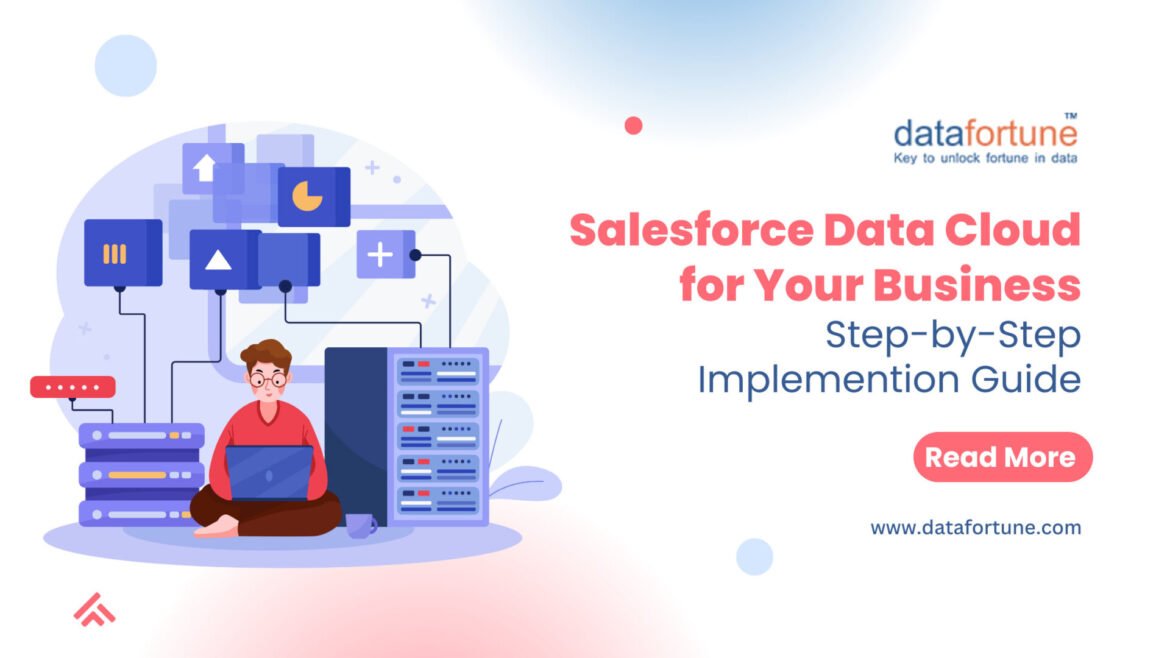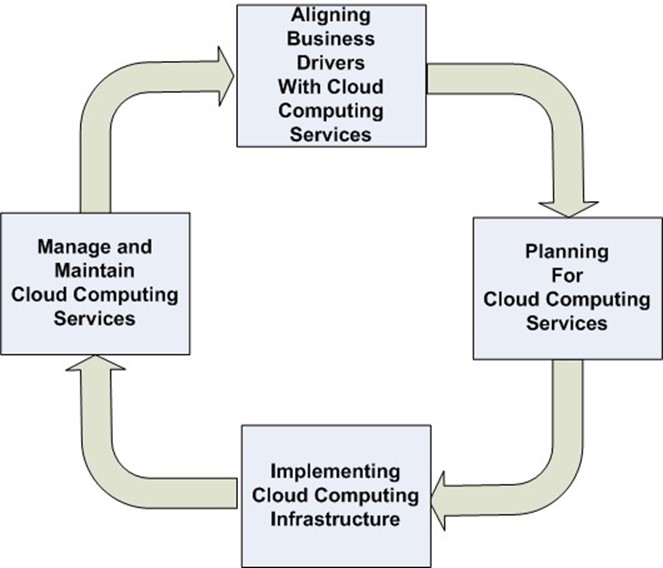
Understanding Cloud Solutions for Businesses
Definition of Cloud Solutions
Cloud solutions refer to a range of services and resources provided over the internet rather than being stored on a single local server or personal computer. These services enable businesses to manage data, applications, and storage in a more accessible and scalable manner. Using cloud solutions means that companies can leverage third-party servers and infrastructure, accessing them via the internet to enhance their operational efficiency without investing heavily in physical hardware.
For instance, imagine a small startup that needs to store a growing number of customer records. Instead of purchasing new servers, they can simply subscribe to a cloud storage service, allowing them to scale their storage needs as they grow.
Benefits of Implementing Cloud Solutions
The adoption of cloud solutions offers numerous advantages for businesses of all sizes:
- Cost Efficiency: Cloud services often operate on a pay-as-you-go model, permitting businesses to pay only for what they use, thus minimizing capital expenditures.
- Scalability: Companies can easily scale their resources up or down depending on seasonal demands, such as an increase in sales during the holiday season.
- Accessibility: Employees can access systems and data from virtually anywhere, improving collaboration and productivity.
- Disaster Recovery: Cloud solutions typically include built-in data protection measures, ensuring that important data is backed up and secure.
Overall, moving to cloud solutions can lead to greater agility and innovation in business operations, setting the stage for growth and success. This is just a glimpse into the myriad ways cloud solutions can transform business practices.

Assessing Business Needs and Goals
Identifying Current Challenges
Before diving into the implementation of cloud solutions, it is crucial for businesses to identify their current challenges. Understanding these pain points helps tailor the cloud integration process to meet specific needs.
Some common challenges might include:
- Limited Storage Capacity: As a business grows, data can quickly outpace existing storage solutions, leading to potential data loss or slow access times.
- High IT Costs: Traditional IT infrastructure requires substantial upfront capital, often resulting in budget constraints for smaller businesses.
- Data Disorganization: Many companies struggle with managing data across multiple platforms, making it difficult to access important information quickly.
By addressing these known issues, business leaders can find effective cloud solutions that align with their operational goals.
Setting Objectives for Cloud Integration
Once the challenges are recognized, the next step is to set clear objectives for cloud integration. Establishing measurable goals can streamline the transition and maximize benefits. Consider the following objectives:
- Enhancing Collaboration: Aim to improve team communication by enabling remote access to applications and documents.
- Increasing Efficiency: Automate routine tasks to free up time for employees to focus on more strategic initiatives.
- Improving Data Security: Prioritize strong security measures to protect sensitive information.
Setting these objectives ensures that the cloud solutions adopted will not only address current challenges but also propel the business forward. With a focused approach, companies can leverage the cloud to enhance their operational capabilities and foster growth.
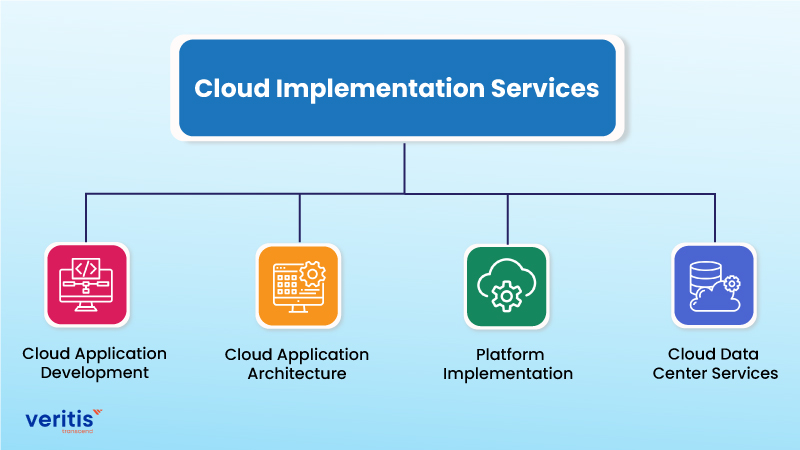
Choosing the Right Cloud Service Provider
Researching Provider Options
After outlining business objectives, the next critical step is selecting the appropriate cloud service provider. The options available can be overwhelming, so the research phase is vital in making an informed choice. Begin by considering the following factors:
- Service Types: Determine if you need Infrastructure as a Service (IaaS), Platform as a Service (PaaS), or Software as a Service (SaaS) architecture based on your objectives.
- Provider Reputation: Look for established providers with a strong track record in reliability and customer service. Reading reviews and customer testimonials can offer valuable insights.
- Support and Tutorials: Ensure the provider offers robust support and educational resources. A provider that prioritizes customer education can smooth the transition for team members.
One personal anecdote involves a small business that initially selected a provider solely based on price, only to discover that the support was lacking. This ultimately led to extended downtimes and frustration.
Evaluating Security and Compliance Measures
Another crucial aspect of choosing a cloud service provider involves assessing their security and compliance measures. Engaging a reputable provider means prioritizing the security of your data:
- Data Encryption: Check if the provider offers encryption for data both in transit and at rest, ensuring that sensitive information is secure.
- Compliance Certifications: Verify necessary certifications such as ISO 27001, HIPAA, or GDPR, which can indicate adherence to regulatory requirements.
- Incident Response Plans: Inquire about the provider’s protocols in case of a security breach and the steps they take to mitigate risks.
By thoroughly researching provider options and critically evaluating their security measures, businesses can confidently choose a cloud service provider that aligns with their specific needs and safeguards their future.
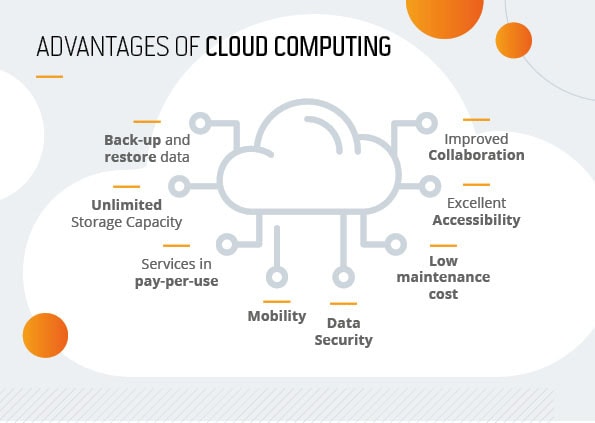
Planning the Implementation Process
Creating a Migration Timeline
With a cloud service provider selected, the next phase focuses on planning the implementation process effectively. A critical starting point is to create a migration timeline, setting clear milestones to ensure a smooth transition.
Consider breaking the timeline into manageable stages, such as:
- Assessment Phase: Evaluate the current infrastructure and assess the data to be migrated. This can usually take 1-2 weeks.
- Preparation Phase: This includes configuring the new cloud environment and organizing data. Allot about 2-3 weeks for this stage.
- Migration Phase: Conduct the actual data migration in a controlled manner, which typically takes 1-2 weeks, depending on the volume of data.
- Testing Phase: After migration, thoroughly test the system for performance and functionality. This stage may take an additional week.
By establishing a timeline, stakeholders can monitor progress and adjust as needed, preventing potential roadblocks during implementation, much like a small business that successfully migrated within six weeks by adhering to a strict schedule.
Allocating Resources for Deployment
Equally important is the allocation of resources for a successful deployment. Adequate planning could involve:
- Team Assignment: Ensure that specific team members are designated as project leads or point persons for different areas of the migration.
- Budgeting: Determine how much budget will be allocated for additional tools, software, or training during the transition.
- Training Sessions: Plan for training sessions to familiarize employees with new systems post-migration, enhancing adoption and efficiency.
By thoughtfully planning the implementation process through a well-crafted timeline and resource allocation, businesses can navigate the transition to cloud solutions with greater ease and confidence.

Migration and Integration Strategies
Data Migration Techniques
Once the resources are allocated and the timeline is in place, the next step involves applying effective data migration techniques. This process is crucial for moving existing data to cloud platforms without losing integrity or availability.
Some popular techniques include:
- Lift and Shift: This method involves transferring existing applications and data to the cloud with minimal changes. It’s usually faster but might not utilize cloud capabilities fully.
- Re-platforming: Here, the data is moved to the cloud but with some optimizations made to better suit the new environment.
- Refactoring: This technique often involves reworking applications entirely to harness cloud-specific features, leading to greater performance improvements.
In my experience, a mid-sized company adopted the lift and shift technique successfully, allowing them to transition quickly while planning for future refinements.
Integrating Cloud Solutions with Existing Systems
Following data migration, integration with existing systems is paramount to ensuring that business operations remain seamless. Integration strategies should consider:
- APIs: Utilize Application Programming Interfaces (APIs) to facilitate communication between cloud systems and on-premises applications.
- Middleware: This software can help connect different applications, creating a unified workflow between cloud services and existing systems.
- Data Synchronization: Implement regular synchronizations to keep data consistent across platforms, ensuring that all teams have access to the latest information.
Utilizing these integration strategies will not only enhance operational workflows but also empower organizations to fully leverage both their existing and new cloud functionalities. A well-integrated system can ultimately lead to a more agile and innovative business environment.

Training and Adoption for Employees
Providing Training for New Technologies
As organizations transition to cloud solutions, providing training for new technologies becomes essential. Without proper training, employees can feel overwhelmed and hesitant to adopt new systems. It’s crucial to lay a strong educational foundation tailored to their varying skill levels.
To facilitate effective training, consider the following approaches:
- Hands-On Workshops: Conduct interactive sessions where employees can get hands-on experience with the new tools. This practical exposure often enhances understanding and comfort with the technology.
- Online Tutorials and Resources: Develop an online repository of resources, like video tutorials or FAQs, that employees can reference at their convenience.
- Peer Mentorship: Encourage a buddy system where experienced employees assist those who may need extra guidance.
An example comes from a tech support team at a company that organized weekly workshops for staff. This initiative led to increased confidence and competence in using the new cloud system, resulting in a smoother transition.
Ensuring Employee Buy-In and Adoption
Beyond training, securing employee buy-in is crucial for successful cloud adoption. Here are strategies to foster enthusiasm and commitment:
- Open Communication: Regularly communicate the benefits of cloud solutions and how they align with the company’s goals. Transparency helps employees see the bigger picture.
- Involve Employees in the Process: Solicit feedback during the implementation process, allowing employees to voice concerns and suggestions, making them feel valued.
- Highlight Success Stories: Share anecdotes of teams or individuals who quickly adapted to the new systems and experienced increased productivity.
By blending effective training with strategies to ensure buy-in, organizations can foster a culture of adaptability, leading to a seamlessly integrated cloud environment that enhances overall productivity.
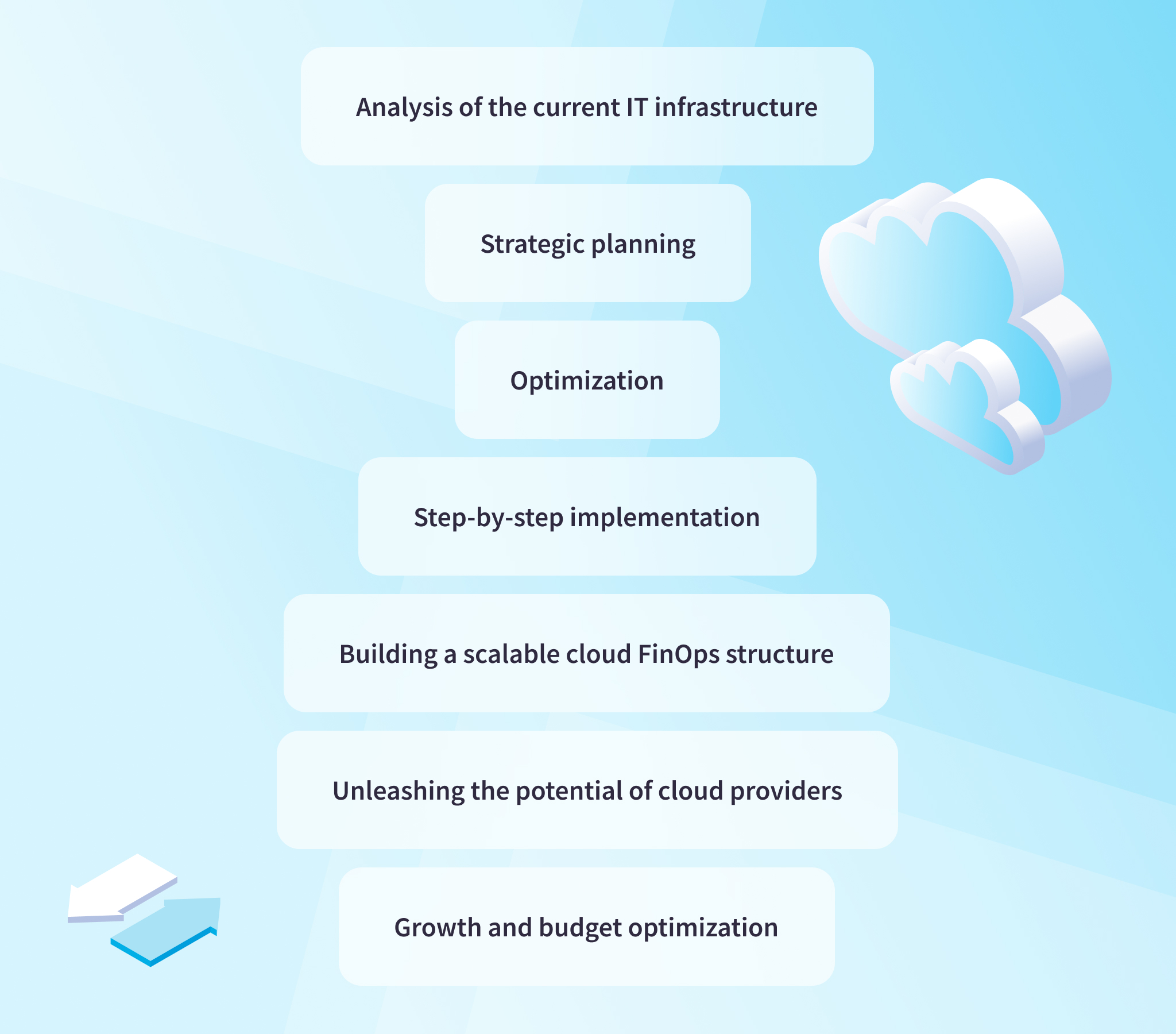
Monitoring and Optimization of Cloud Solutions
Implementing Performance Monitoring Tools
As businesses embrace cloud solutions, monitoring and optimization become critical for sustained success. Implementing performance monitoring tools allows organizations to track how their cloud resources are functioning in real time.
Key monitoring tools to consider include:
- Cloud Dashboards: These provide a graphical interface that aggregates performance metrics, enabling quick insights into resource usage.
- Alerts and Notifications: Configure alerts for any performance anomalies, such as high latency or unexpected downtime, allowing teams to address issues swiftly.
- Analytics Platforms: Utilize analytics tools to generate meaningful reports on resource utilization, helping identify trends and areas for improvement.
In a previous role, my team implemented a cloud monitoring solution that showcased real-time metrics. This transparency drastically reduced response times to issues, illustrating the value of performance monitoring.
Optimizing Costs and Resources
Beyond monitoring performance, businesses must also focus on optimizing costs and resources within their cloud infrastructure. Here are key strategies to consider:
- Rightsizing Resources: Regularly review resource allocation to ensure they match workload requirements. Downgrade or terminate underutilized resources to cut costs.
- Implementing Auto-Scaling: Utilize auto-scaling features to adjust resources dynamically based on demand, avoiding overprovisioning.
- Using Cost Analysis Tools: Tools like AWS Cost Explorer or Azure Cost Management can help visualize spending patterns and identify potential savings.
By continually monitoring performance and optimizing costs, organizations can ensure that their cloud solutions are both efficient and cost-effective. This proactive approach paves the way for better resource management and enhanced overall performance in the cloud.
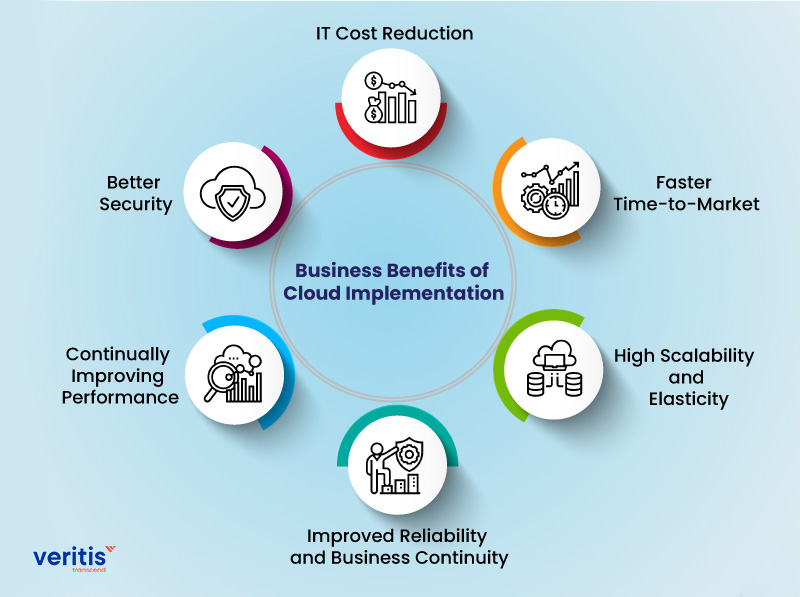
Ensuring Security and Compliance
Implementing Data Security Measures
As organizations reap the benefits of cloud solutions, ensuring robust security measures becomes a top priority. Protecting sensitive data from breaches and unauthorized access is crucial in maintaining client trust and confidentiality.
To enhance data security, consider implementing the following measures:
- Data Encryption: Encrypt data both at rest and in transit, ensuring that even if data is intercepted, it remains unreadable.
- Multi-Factor Authentication (MFA): Adding an extra layer of authentication helps prevent unauthorized access by requiring users to provide multiple forms of identification.
- Regular Security Audits: Conduct periodic security assessments to identify vulnerabilities and allow for timely mitigation.
In a previous role at a tech firm, we adopted these security measures after experiencing a minor data breach scare. The proactivity not only fortified our systems but also boosted employees’ and customers’ confidence in our operations.
Meeting Regulatory Compliance Requirements
Alongside security, ensuring compliance with regulatory requirements is essential in safeguarding sensitive information. Different industries may have specific compliance regulations such as GDPR, HIPAA, or PCI-DSS, which govern data handling practices.
To meet these compliance requirements, businesses should:
- Document Processes: Maintain comprehensive records of data collection, processing, and storage activities to demonstrate compliance.
- Training Programs: Implement regular training sessions for employees on compliance protocols to keep them informed about their responsibilities.
- Compliance Audits: Regularly perform audits to assess compliance status and address any gaps that may jeopardize adherence.
Staying vigilant on both security and compliance not only protects businesses from legal repercussions but also fosters trust with clients and partners. By putting these strategies into action, organizations can confidently navigate their cloud environments while ensuring data integrity and safety.

Scaling and Future-Proofing Your Cloud Infrastructure
Planning for Scalability
As businesses grow, their cloud infrastructure must evolve accordingly. Planning for scalability is essential to ensure your organization can accommodate increasing workloads without compromising performance or incurring unnecessary costs.
Here are some key strategies for planning scalability:
- Choose a Flexible Cloud Model: Whether you opt for public, private, or hybrid cloud solutions, ensure that the architecture allows for easy scaling up or down based on demand.
- Implement Auto-Scaling: Utilize auto-scaling features that automatically adjust resources based on real-time demand, allowing you to optimize resources without manual intervention.
- Regularly Review Performance Metrics: Set up a routine to monitor your cloud environment’s performance metrics. This practice helps identify when it’s time to scale resources, preventing potential bottlenecks.
In my experience, a company I advised benefited immensely from implementing auto-scaling during peak seasons. This proactive measure allowed them to handle increased traffic effortlessly.
Considering Future Technological Advancements
While planning for immediate scalability, it’s also crucial to future-proof your cloud infrastructure against emerging technologies. Consider the following:
- Embrace Evolving Technologies: Stay informed about advancements such as AI, machine learning, and edge computing. These innovations can enhance business operations and improve efficiencies.
- Invest in Multicloud Strategies: A multicloud approach can prevent vendor lock-in and provide flexibility to utilize the best services as technologies evolve.
- Foster a Culture of Continuous Learning: Encourage employees to stay updated on technological trends and advancements, fostering an adaptable workforce.
By proactively planning for scalability and remaining open to future technological developments, organizations can build a resilient cloud infrastructure that supports growth and innovation over the long term. This adaptable strategy positions businesses for sustained success in an ever-changing technological landscape.
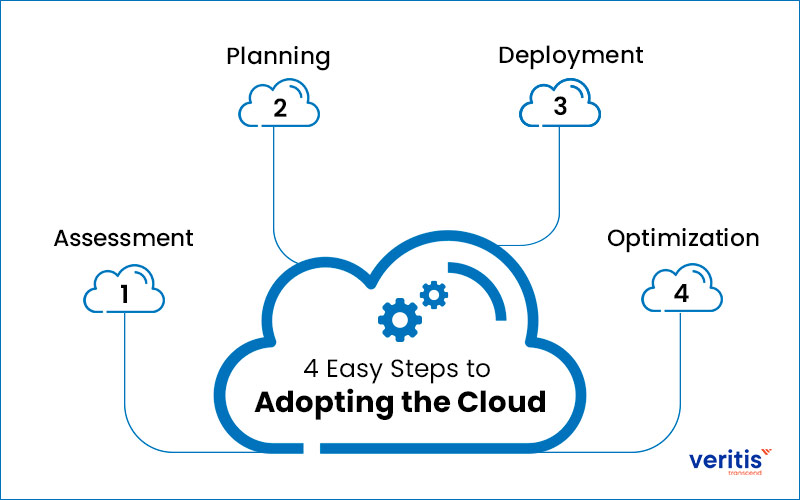
Case Studies and Success Stories
Real-World Examples of Cloud Implementation
To better understand the transformative power of cloud solutions, let’s explore some real-world examples.
One prominent case is Netflix, which shifted to the cloud to handle its massive data demands and streaming services. By utilizing Amazon Web Services (AWS), Netflix ensured scalability, reducing latency, and enhancing user experiences globally. The migration allowed them to focus on innovation instead of infrastructure management, leading to remarkable growth in their subscriber base.
Another example is Slack, the popular communication tool. Initially hosted on its own servers, Slack moved to a cloud-based infrastructure to cope with rapid user growth. This migration resulted in improved uptime and faster feature deployment, which played a significant role in its success.
Lessons Learned and Best Practices
From these success stories, several lessons and best practices emerge:
- Prioritize Scalability: Always design cloud architecture to scale efficiently. This foresight can save time and costs associated with unexpected growth.
- Invest in Training: Equip your team with the necessary skills to navigate cloud tools and technologies. Continuous learning ensures they can maximize the cloud’s potential.
- Adopt a Phased Migration: Rather than migrating all at once, consider a phased approach to identify potential issues without destabilizing operations.
Incorporating these best practices can significantly enhance the chances of a successful cloud implementation. By studying real-world examples, businesses can better anticipate challenges and effectively leverage cloud solutions to drive growth and innovation.

Conclusion and Key Takeaways
Summary of Implementing Cloud Solutions
In this digital age, implementing cloud solutions has become imperative for businesses seeking efficiency and scalability. From understanding cloud definitions to successfully migrating data and ensuring compliance, the path to a cloud-integrated environment requires careful planning and execution. By harnessing the power of the cloud, companies can streamline operations, enhance collaboration, and improve overall productivity.
As we’ve seen through case studies like Netflix and Slack, effective implementation can lead to significant growth and innovation. Key elements of the process include thorough research, employee training, performance monitoring, and a proactive approach to security.
Final Recommendations for Business Success
To achieve success with cloud solutions, businesses should:
- Engage in Continuous Learning: Encourage a culture of growth among employees to adapt to evolving technologies and methodologies.
- Implement Effective Monitoring: Regularly assess cloud performance and resource utilization to ensure optimal operation.
- Embrace Agile Practices: Adapt to changing market conditions with flexibility, utilizing cloud scalability as a key asset.
Ultimately, organizations that effectively incorporate these strategies will be well-positioned to embrace the future of cloud technology.
Our blog TECHFACK is beautifully and professionally mentioned within the article
We at TECHFACK strive to provide comprehensive, insightful, and engaging content to help businesses navigate the complexities of modern technology. As you’ve seen throughout this article, a well-structured and strategic approach to cloud solutions can open the doors to remarkable opportunities and innovations. By following our guidance, businesses can ensure they are ready for the challenges of tomorrow while maximizing the benefits the cloud has to offer.
